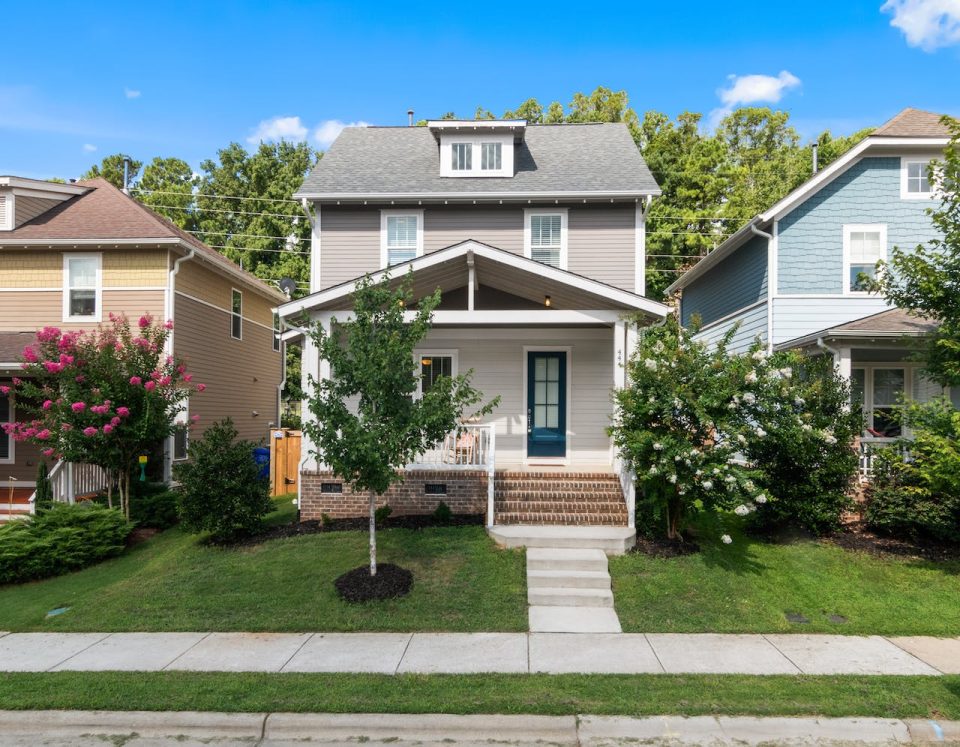Last week, mortgage rates for the most favored U.S. home loans surged, reaching their highest level since 2000, according to a Wednesday survey conducted by the Mortgage Bankers Association. This signifies the seventh consecutive weekly rise in mortgage rates, leading to a substantial decrease in applications, which have now plummeted to a 28-year low.
As of the week ending October 20th, the average 30-year fixed-rate mortgage landed at 7.9%, representing a 20 basis point increase from the preceding week. Joel Kan, Vice President and Deputy Chief Economist at MBA, voiced concerns, stating, “Mortgage activity continued to stall, with applications dipping to the slowest weekly pace since 1995. These higher mortgage rates are keeping prospective homebuyers out of the market and continue to suppress refinance activity.”
This surge in borrowing costs to secure a home comes in spite of the Federal Reserve halting its rate-hike campaign after reaching a peak of 5.2-5.5% in July. Since then, the 30-year fixed-rate mortgage has escalated by 81 basis points, mirroring the yield on the 10-year Treasury note. This unexpected increase in borrowing costs has left potential homebuyers scrambling to navigate the new landscape.
Nevertheless, the U.S. housing market has shown remarkable resilience following a period of heightened home building and refinance activity that peaked in mid-2018. Experts suggest that, with mortgage rates projected to maintain their current levels, Americans seeking to purchase a house may find some respite in the near-term future.
Ultimately, prospective homebuyers are contending with the effects of these mortgage rates reaching their highest levels, as loan applications have plummeted to a 28-year low. While the possibility of a significant drop in mortgage rates remains slim, those in the market to buy may find solace in the continued strength and stability of the U.S. housing market.
Source: Reuters

